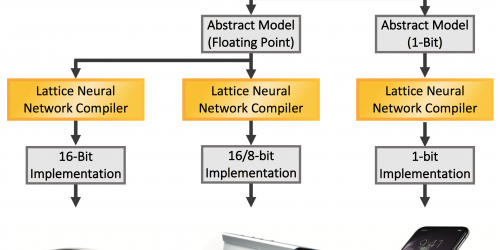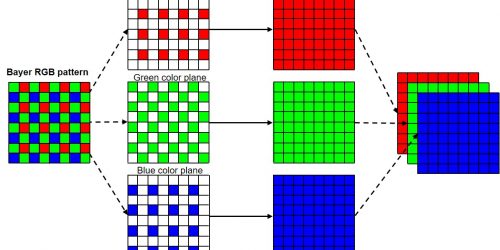May 2019 Embedded Vision Summit Introductory Presentation (Day 1)
Jeff Bier, Founder of the Embedded Vision Alliance, welcomes attendees to the May 2019 Embedded Vision Summit on May 21, 2019 (Day 1). Bier provides an overview of the embedded vision market opportunity, challenges, solutions and trends. He also introduces the Embedded Vision Alliance and the resources it offers for both product creators and potential […]
May 2019 Embedded Vision Summit Introductory Presentation (Day 1) Read More +








